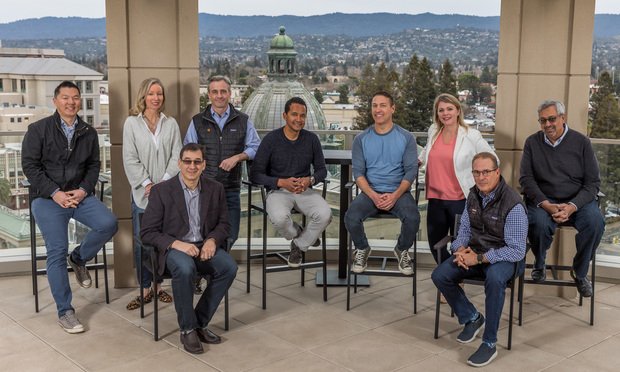
The cloud of distress is slowly dissipating over Southern California's sunny skies, although some areas of concern still present challenges to real estate owners. The supply-constrained apartment sector and flourishing industrial property market present the least challenges to owners and financiers, while some retail and office assets, particularly in the Inland Empire and Orange County, have bigger hurdles to overcome. While these distressed assets present challenges to current owners and banks, they also present opportunities to buy properties at deep discounts.
While the US multifamily sector continues to see the highest rate of distress among the four major product groups, in dense and supply-constrained Southern California, the market has been the best performer and continues to exhibit the lowest levels of distress. Among the four major metro areas in SoCal, the Inland Empire has the highest multifamily vacancy rate, at slightly above 5%, with San Diego exhibiting a low 3.2% vacancy. The extremely tight rental market has resulted in significant rental growth over the past 12 months, which has helped many properties that were teetering on the verge on delinquency improve their fundamentals and move their loan status to performing.
While there are few delinquent assets for investors in Orange and San Diego counties, opportunities exist in the Inland Empire and Los Angeles, where the increased sprawl, condo conversion bust and tepid economic recovery has negatively impacted a greater number and scope of multifamily properties. The current delinquency pipeline for these areas shows a strong concentration of assets in severe distress (90 or more days) and a few smaller and mid-sized properties in the earlier stages of distress. The continued improvement in local multifamily fundamentals will slow the movement of assets into the distressed pipeline, but those already in distress will most probably be taken to market as the lenders look to capitalize on the active sales market and move the properties off their balance sheets, especially as multifamily recovery rates in Los Angeles remain above 85%.
Recommended For You
Want to continue reading?
Become a Free ALM Digital Reader.
Once you are an ALM Digital Member, you’ll receive:
- Breaking commercial real estate news and analysis, on-site and via our newsletters and custom alerts
- Educational webcasts, white papers, and ebooks from industry thought leaders
- Critical coverage of the property casualty insurance and financial advisory markets on our other ALM sites, PropertyCasualty360 and ThinkAdvisor
Already have an account? Sign In Now
*May exclude premium content© 2025 ALM Global, LLC, All Rights Reserved. Request academic re-use from www.copyright.com. All other uses, submit a request to asset-and-logo-licensing@alm.com. For more information visit Asset & Logo Licensing.








